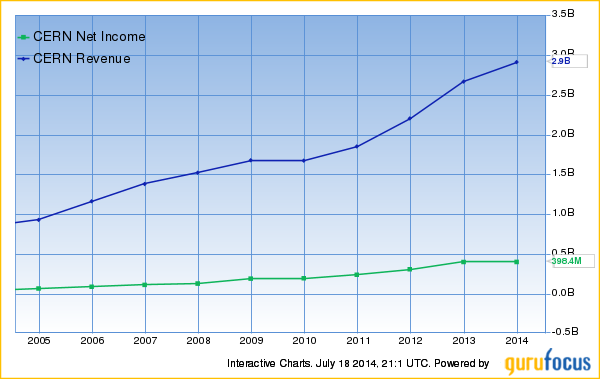Financial profiling FScore can detect accounting fraud
Post on: 30 Апрель, 2015 No Comment

February 23, 2010
How do investors, auditors, analysts and regulators detect material accounting manipulations? Not easily, says Weili Ge. an assistant professor of accounting at the University of Washington Foster School of Business.
But now Ge, along with researchers from the University of California at Berkeley and Washington University, has for the first time integrated the disparate warning signals of fraudulent accounting into a comprehensive measure called the “F-Score ,” a scaled probability that a firm is cooking the books.
The F-Score (F is for “fudging”) assesses a firm along five dimensions—accrual quality, financial performance, non-financial measures, off-balance sheet activities and market-based incentives—and assigns a numerical value that suggests whether there is cause for further investigation. It’s a straightforward measure: input data that is available on a firm’s public financial statement and the algorithm spits out a number. The average firm scores a 1. The higher the number, the higher the probability of accounting misstatements.
“There is a lot of earnings management research out there,” Ge says, “but we wanted to develop a measure that’s simple enough for the average investor to use. Once you pick up a company’s annual report and put the relevant numbers into this formula, you get the likelihood of experiencing accounting problems in the coming year.”
A pattern of offense
The F-Score grew from a project, funded by the big four accounting firms’ Research Advisory Board, to learn more about “earnings quality” and the machinations of fraudulent accounting. The researchers examined 2,190 Securities and Exchange Commission (SEC) Accounting and Auditing Enforcement Releases issued between 1982 and 2005, finding 676 firms alleged to have misstated their quarterly or annual financial statements.
Then they applied all of the various measures that people had been using to detect earnings manipulations and looked for patterns in the offending firms—as compared to the broader population of public firms and to themselves during compliant years.
“We wanted to understand how and why firms window-dress earnings,” says Ge, “and whether there is anything unusual about these firms compared to others.”
They found that overstatement of revenues was the most frequent type of misstatement. The likeliest offenders were growth companies trying to disguise a dip in operating performance by reporting unusually high accruals and cash and credit sales while their return on assets and number of employees declined. Other characteristics of these firms—some desperate to meet investor expectations—were abnormally high increases in financing and related off-balance sheet activities such as operating leases.
Giving firms an F
Inspired by the “Z-score,” a widely used predictor of bankruptcy, Ge’s team decided to convert these tendencies into a credible predictor of future accounting misstatements. Put to a historical test, the F-Score accurately identified over 60 percent of the misstating firms that had been investigated by the SEC during the period studied. Enron in 2000, for instance, registered a 2.2 on the scale, more than two times the average firm’s probability of engaging in earnings manipulations.
But Ge cautions that a higher-than-average F-Score is not proof of wrong-doing; it’s merely cause for suspicion. There are certainly firms that register a high score without doing anything wrong. “But the F-Score can be a first-pass screening device for detecting possible misstatements,” she says.
In the high-stakes world of finance, it’s beyond practical. For a 2007 article, Forbes asked Ge and her co-authors to identify the highest F-Scores among the largest companies listed on US markets. Financial analysts and accounting firms have expressed interest. So have Ge’s students at the Foster School, investors (or soon-to-be investors) all.
“Most valuation models are based on forecasting financial statements,” she says. “If the statements are manipulated, or do not reflect economic reality, then the outcome from that valuation is problematic. The F-Score can tell you whether you might want to think twice about investing in a firm.”
Ge adds that weeding out material accounting manipulations is of critical importance to the efficient functioning of capital markets: “For an investor it can lead to improved returns, for an auditor it can mean avoiding costly litigation, for an analyst it can mean avoiding a damaged reputation, and for a regulator it can lead to enhanced investor protection and fewer investment debacles.”
“Predicting Material Accounting Misstatements ” is the work of Ge; Patricia Dechow and Richard Sloan of the University of California, Berkeley, Haas School of Business; and Chad Larson of Washington University’s Olin Business School. It is forthcoming in the journal Contemporary Accounting Research .














